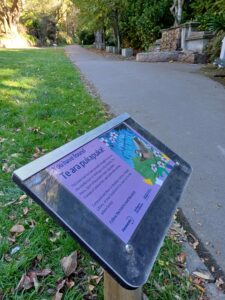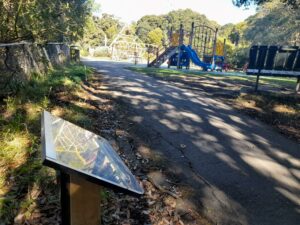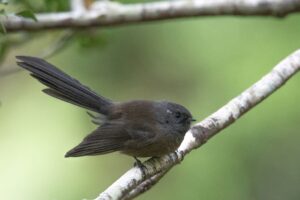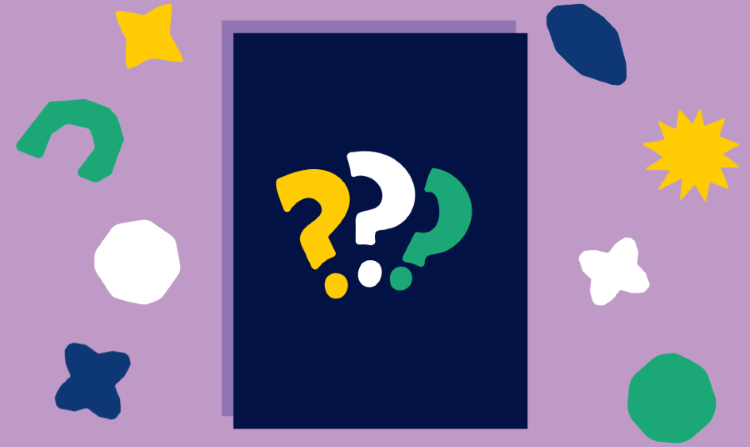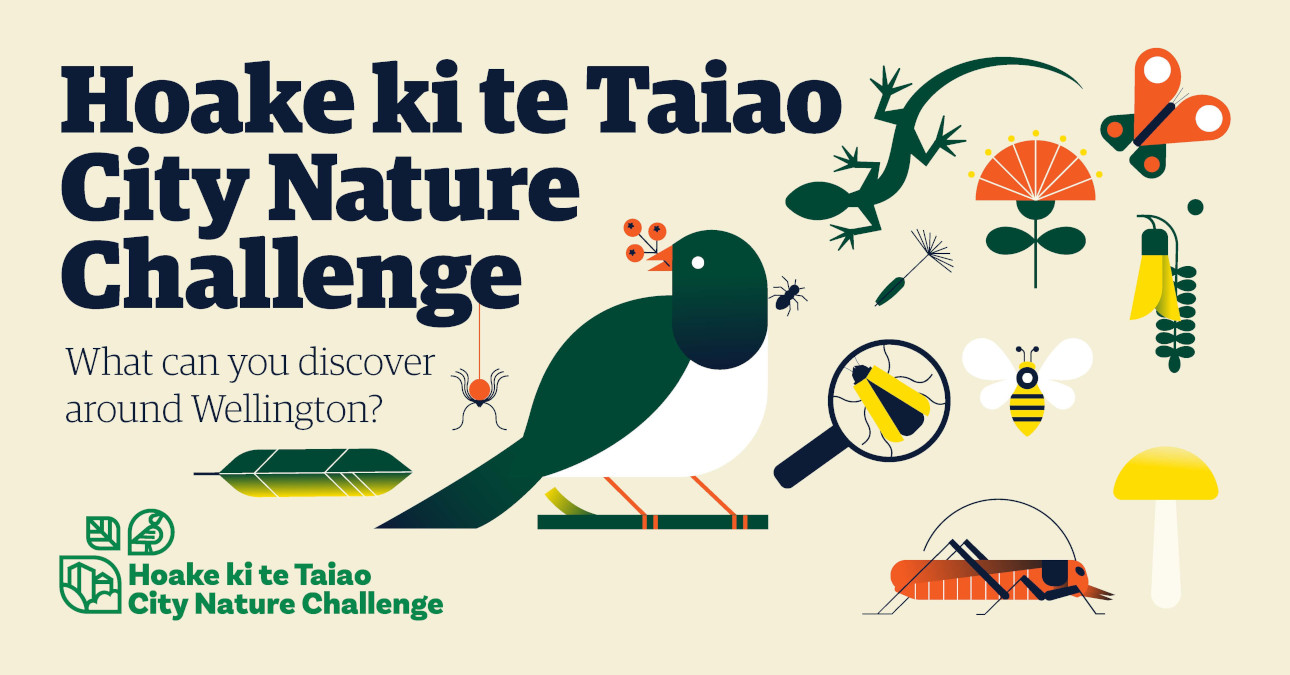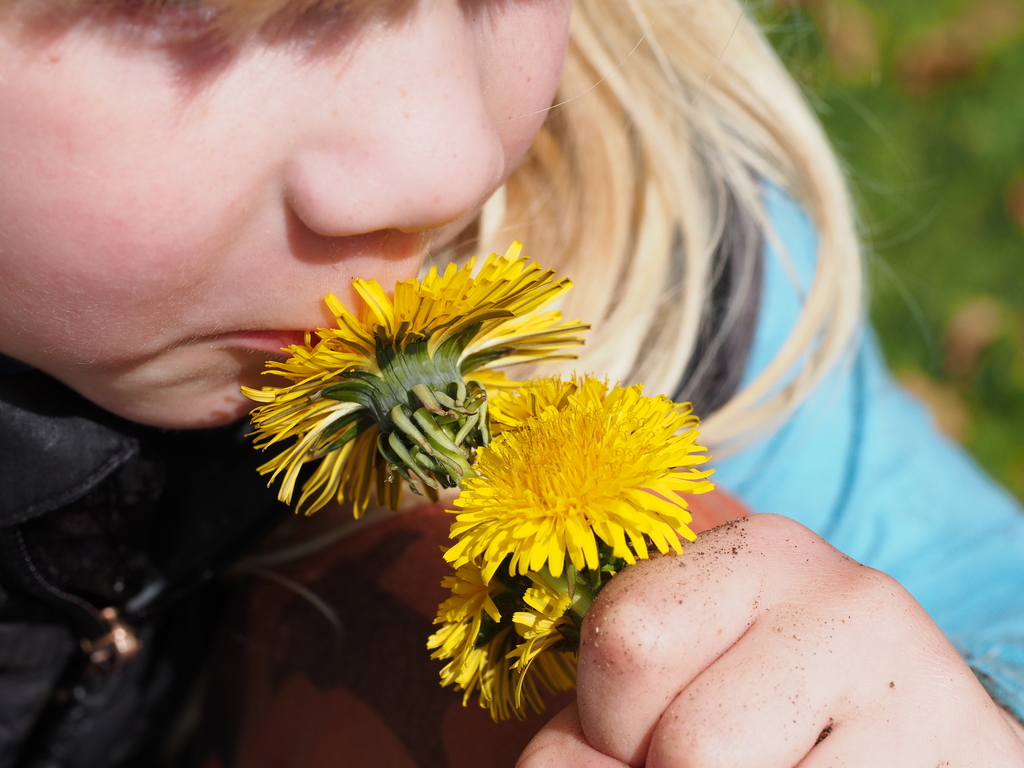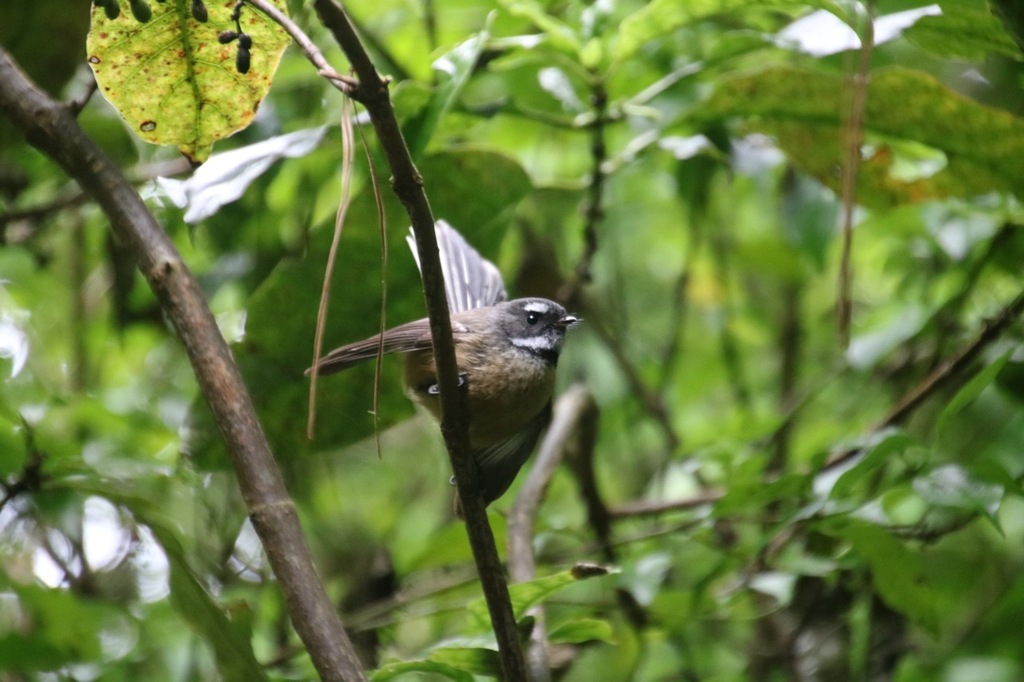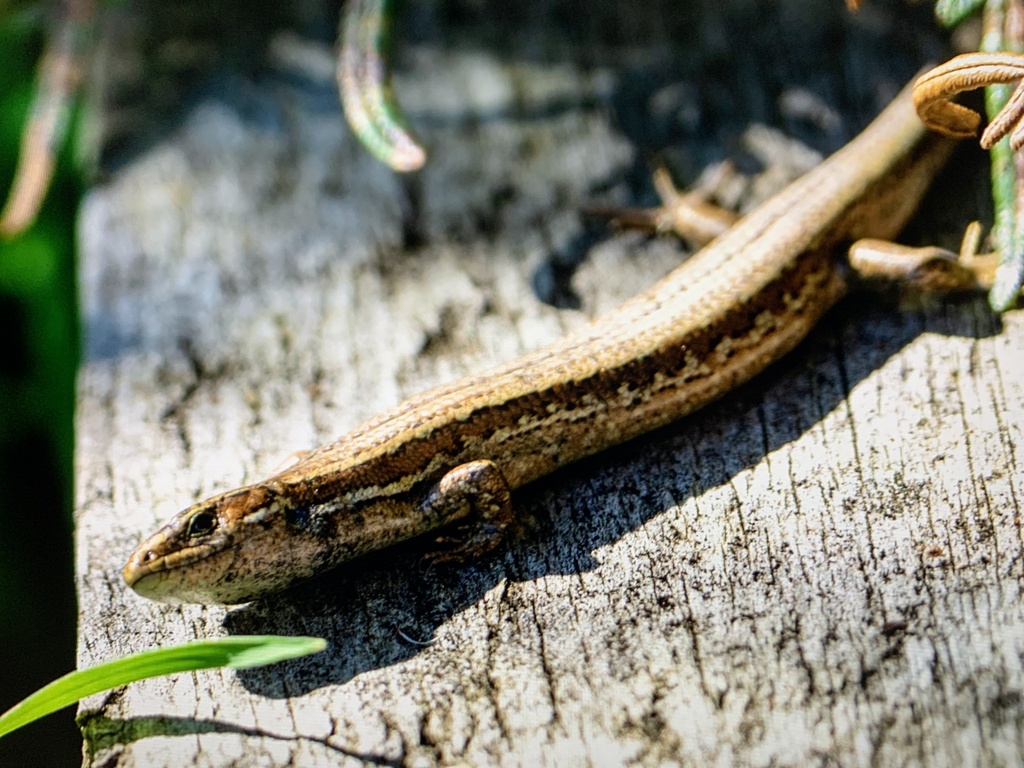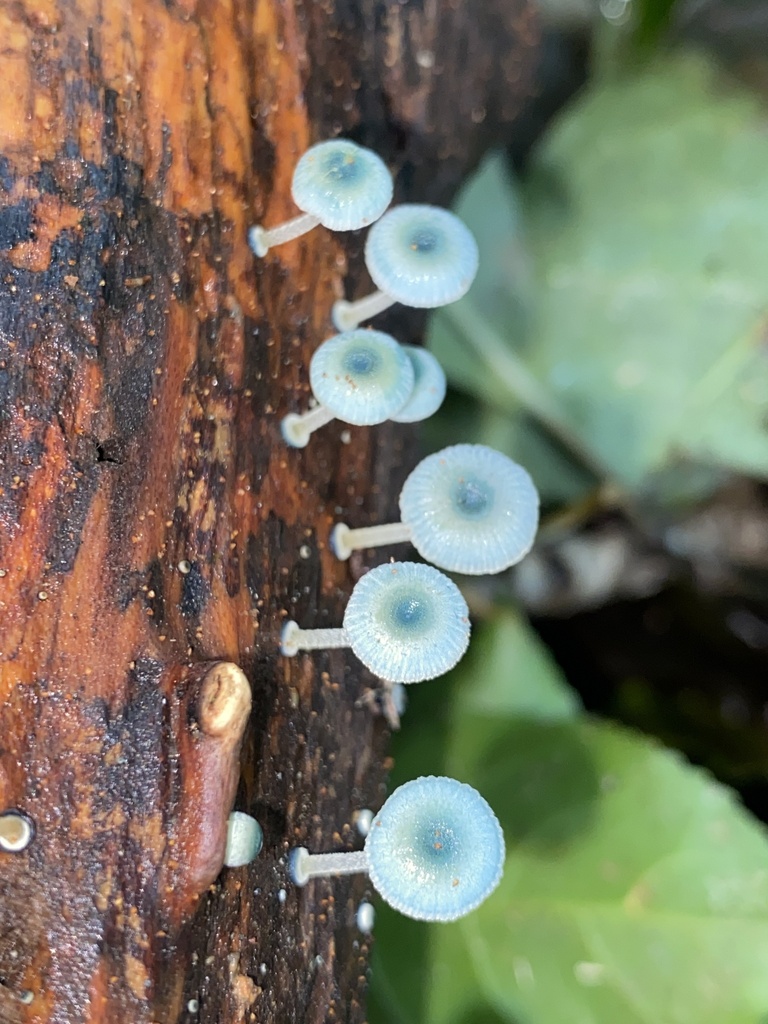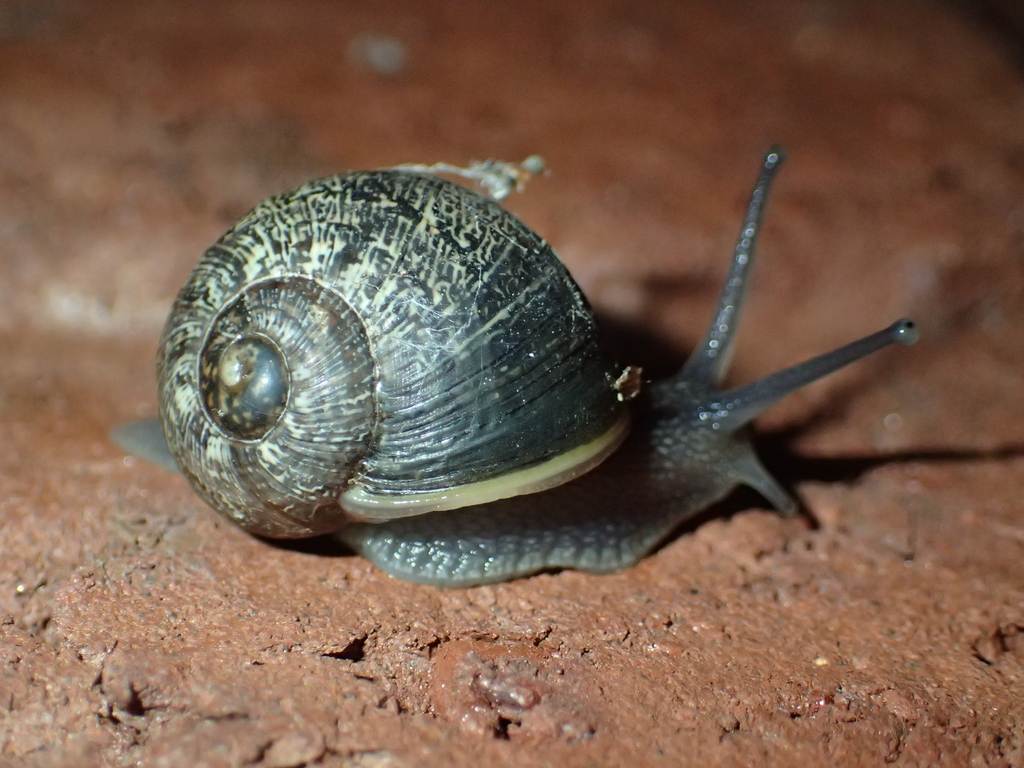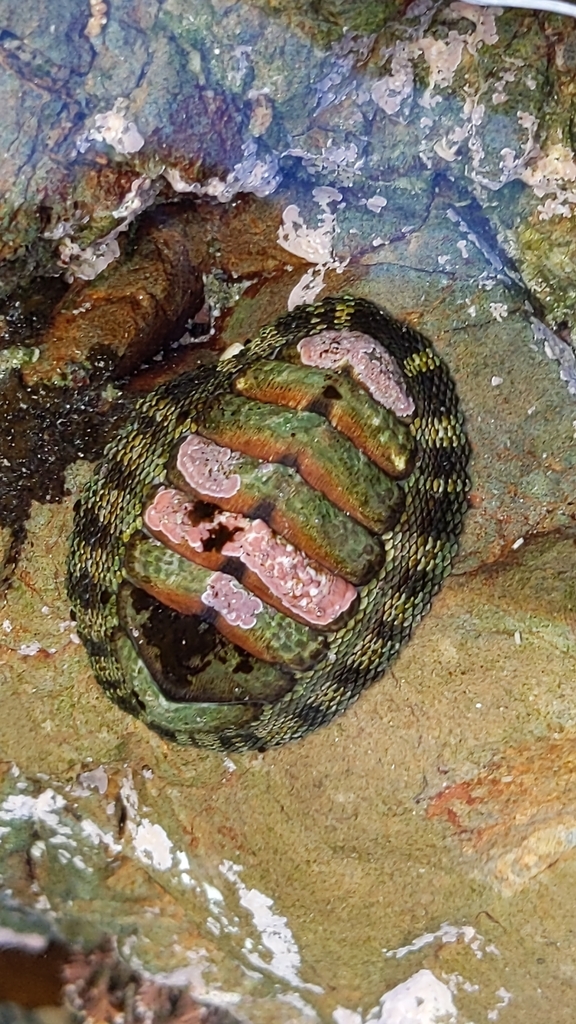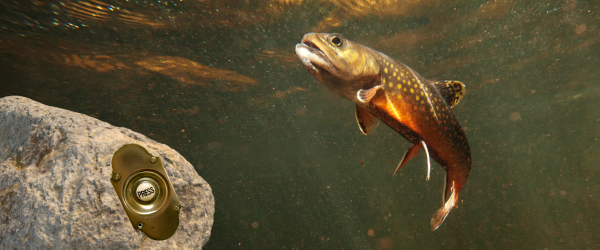Did you know that every May is a special time in New Zealand? It’s when we celebrate New Zealand Sign Language (NZSL) Week, a fantastic opportunity to honour and recognise the importance of NZSL as one of our country’s official languages alongside te reo Māori.
During NZSL Week, we have the chance to learn about the rich and diverse culture of the Deaf community. It is a time for everyone to come together, break down any barriers that may exist, and make sure everyone feels included and valued.
A fantastic way to engage with NZSL Week is by exploring resources like the official website, where you can learn how to fingerspell your name or basic phrases to use with your family and friends.
Another way to join the celebration is by discovering books and movies that portrait Deaf culture. Check out these titles from our catalogue! There are so many amazing stories out there that can teach about NZSL and what it means to be part of the Deaf community.
So, let’s join hands and hearts in celebrating together! Happy NZSL week everyone!
Picture books
 Moses goes to a concert / Millman, Isaac
Moses goes to a concert / Millman, Isaac
“Moses and his schoolmates, all deaf, attend a concert where the orchestra’s percussionist is also deaf. Includes illustrations in sign language and a page showing the manual alphabet.” (Catalogue)
 Reena’s rainbow / White, Dee
Reena’s rainbow / White, Dee
“Reena is deaf and Dog is homeless, but they are also so much more than that. At first Reena and Dog feel like they don’t belong, but when they form a unique bond with each other, and become friends with the hearing children in the park, they discover that everyone is different and special in their own way.” (Catalogue)
True stories
 Listen : how Evelyn Glennie, a deaf girl, changed percussion / Stocker, Shannon
Listen : how Evelyn Glennie, a deaf girl, changed percussion / Stocker, Shannon
“A nonfiction picture book biography celebrating Evelyn Glennie, a deaf woman, who became the first full-time solo percussionist in the world”– Provided by publisher.” (Catalogue)
 Helen Keller / Sánchez Vegara, Ma Isabel
Helen Keller / Sánchez Vegara, Ma Isabel
“Little Helen was eager to learn about the world. After falling ill during childhood, she became deaf and blind. When Anne Sullivan, a teacher, came into her life, Helen learned how to communicate in different ways. She became the first deaf-blind person to earn a college degree and toured the world advocating for the rights of disabled people.” — Back cover.” (Catalogue)
 Ninita’s big world : the true story of a deaf pygmy marmoset / Marsh, Sarah Glenn
Ninita’s big world : the true story of a deaf pygmy marmoset / Marsh, Sarah Glenn
“The heart-tugging true story of how YouTube star Ninita–a deaf, orphaned pygmy marmoset (the smallest type of monkey) –found family, friendship, and a forever home! Illustrated in full colour”– Provided by publisher.” (Catalogue)
Comics, manga and graphic novels
 The Baby-sitters Club [12] : Jessi’s secret language : a graphic novel / Chau, Chan (Children eBook Libby)
The Baby-sitters Club [12] : Jessi’s secret language : a graphic novel / Chau, Chan (Children eBook Libby)
“Jessi recently moved to Stoneybrook and is one of the newest members of The Baby-sitters Club. She’s getting ready to start regularly sitting for the BSC’s newest charge, Matt Braddock. Matt has been deaf since birth and uses sign language to communicate, so Jessi has to use it, too. It’s a secret language! Soon all the neighbourhood kids want to learn how to sign, which keeps the BSC busy.” (Catalogue)
 El Deafo : superpowered edition / Bell, Cece
El Deafo : superpowered edition / Bell, Cece
“Starting a new school is scary, even more so with a giant hearing aid strapped to your chest. At her old school, everyone in Cece’s class was deaf. Here she is different. She is sure the kids are staring at the Phonic Ear, the powerful aid that will help her hear her teacher. Then Cece makes a startling discovery. With the Phonic Ear she can hear her teacher not just in the classroom. This is power, maybe even superpower. Cece is on her way to becoming El Deafo, listener for all. Can Cece channel her powers into finding the thing she wants most, a true friend?” (Adapted from Catalogue)
 A silent voice : complete collector’s edition. 1 / Ōima, Yoshitoki
A silent voice : complete collector’s edition. 1 / Ōima, Yoshitoki
“Shoya is a bully. When Shoko, a girl who can’t hear, enters his elementary school class, she becomes their favourite target, and Shoya and his friends goad each other into devising new tortures for her. But the children’s cruelty goes too far. Shoko is forced to leave the school, and Shoya ends up shouldering all the blame. Six years later, the two meet again. Can Shoya make up for his past mistakes, or is it too late?” (Catalogue)
Chapter books
 Hello, universe / Kelly, Erin Entrada
Hello, universe / Kelly, Erin Entrada
“Virgil feels out of place in his crazy-about-sports family. Valencia is deaf, smart, and loves everything about nature. Kaori is a self-proclaimed psychic, whose little sister, Gen, is always following her around. And Chet wishes the weird kids would just stop being so different so that he can concentrate on basketball. They aren’t friends. But when Chet pulls a prank that traps Virgil and his pet guinea pig at the bottom of a well, Kaori, Gen, and Valencia begin a quest to find the missing Virgil.” (Catalogue)
 Wonderstruck : a novel in words and pictures / Selznick, Brian
Wonderstruck : a novel in words and pictures / Selznick, Brian
“Having lost his mother and his hearing in a short time, twelve-year-old Ben leaves his Minnesota home in 1977 to seek the father he never knew in New York City, and meets there Rose, who is also longing for something missing from her life. Ben’s story is told in words; Rose’s in pictures.” (Catalogue)
 You don’t know everything, Jilly P / Gino, Alex
You don’t know everything, Jilly P / Gino, Alex
“When her new baby sister is born deaf, Jilly makes an online connection with a fellow fantasy fan, who happens to be black and deaf, and begins to learn about the many obstacles that exist in the world for people who are different from her.” — (Source of summary not specified)” (Catalogue)
 Show me a sign / LeZotte, Ann Clare
Show me a sign / LeZotte, Ann Clare
“Mary Lambert has always felt safe and protected on her beloved island of Martha’s Vineyard. Her great-great-grandfather was an early English settler and the first deaf islander. Now, in 1805, over a hundred years later, many people there — including Mary — are deaf, and nearly everyone can communicate in sign language. Mary has never felt isolated. She is proud of her lineage. But recent events have delivered winds of change. (Written by a deaf author and based upon a true story.)” (Adapted from Catalogue)
